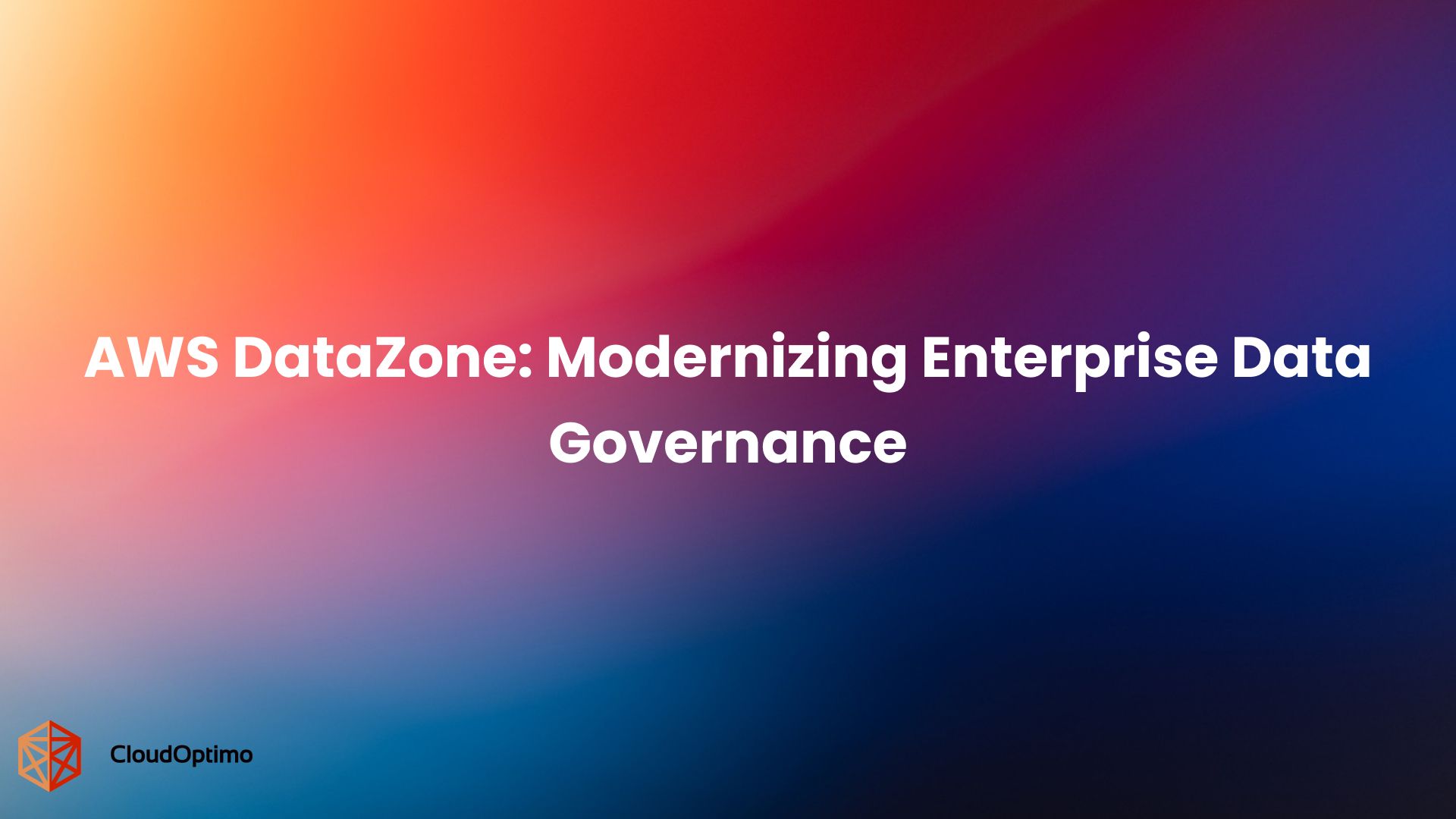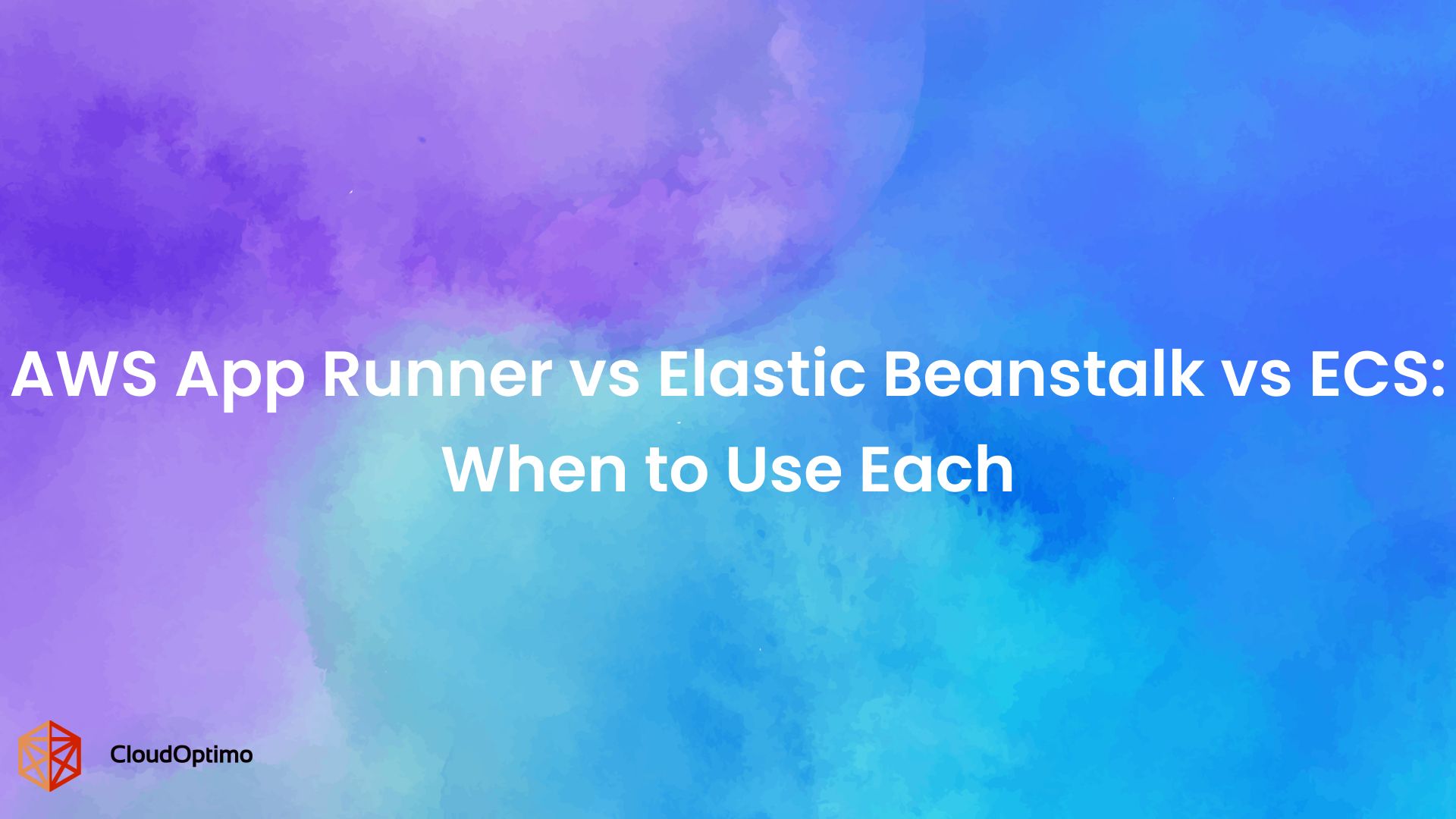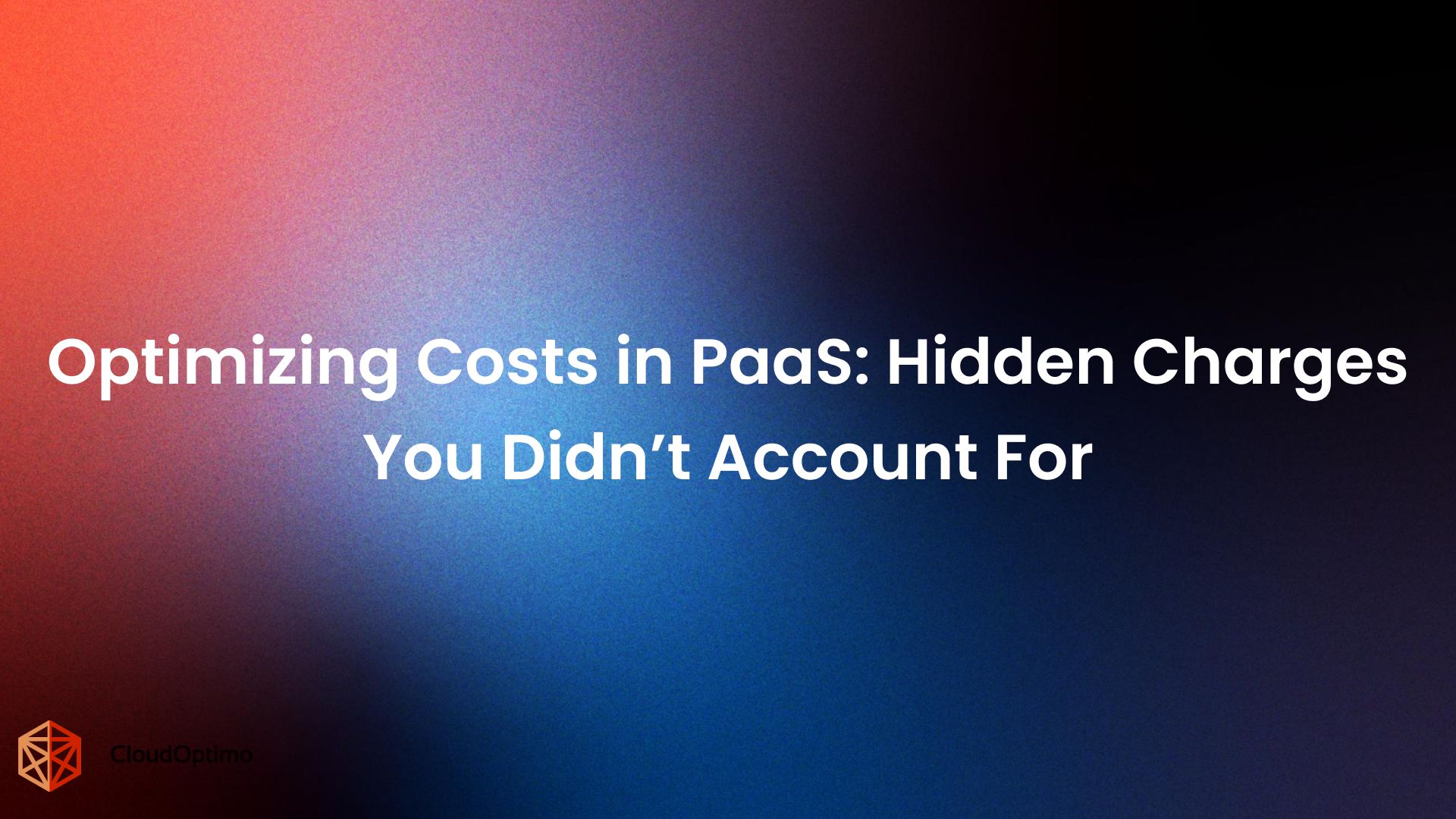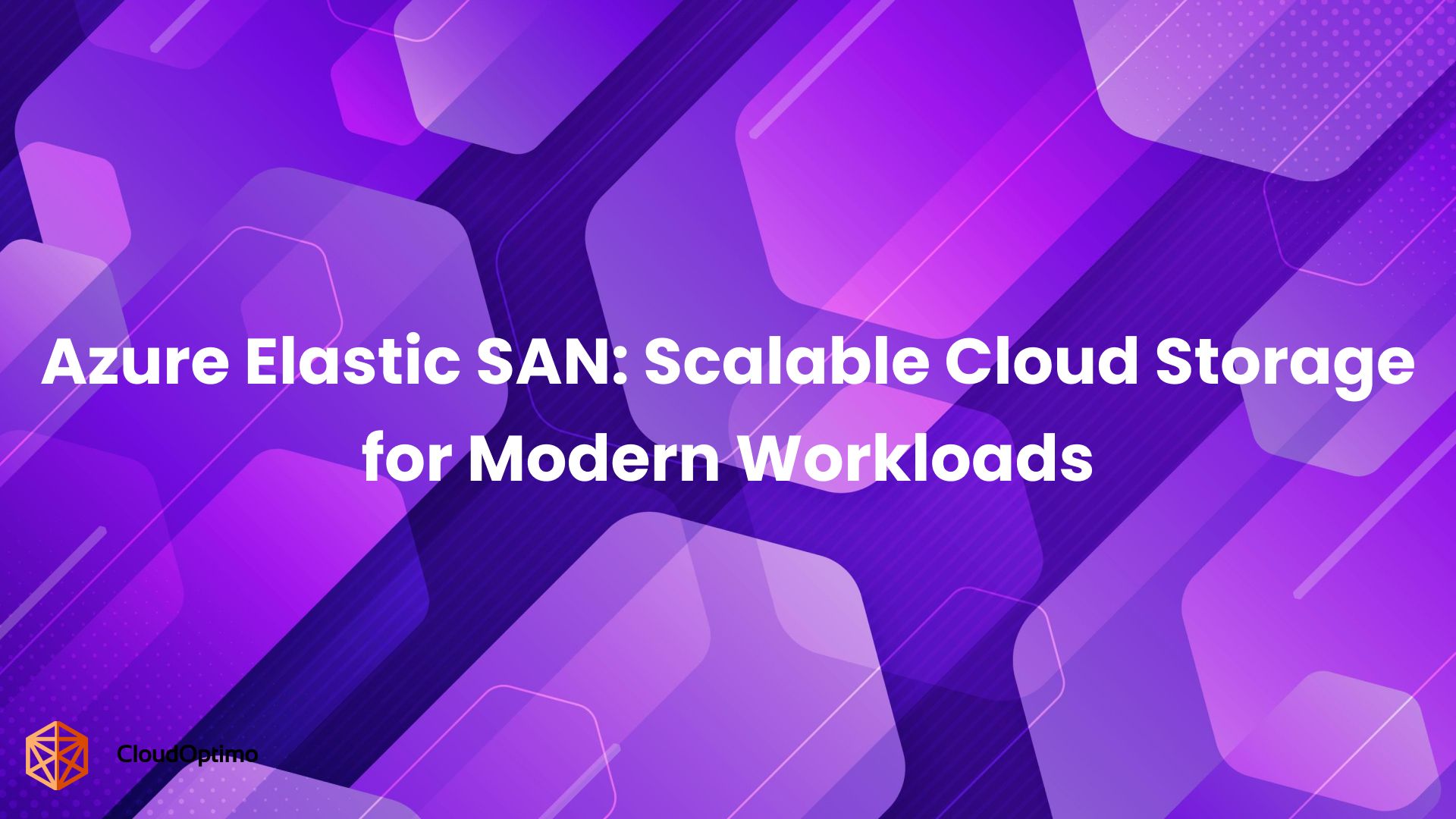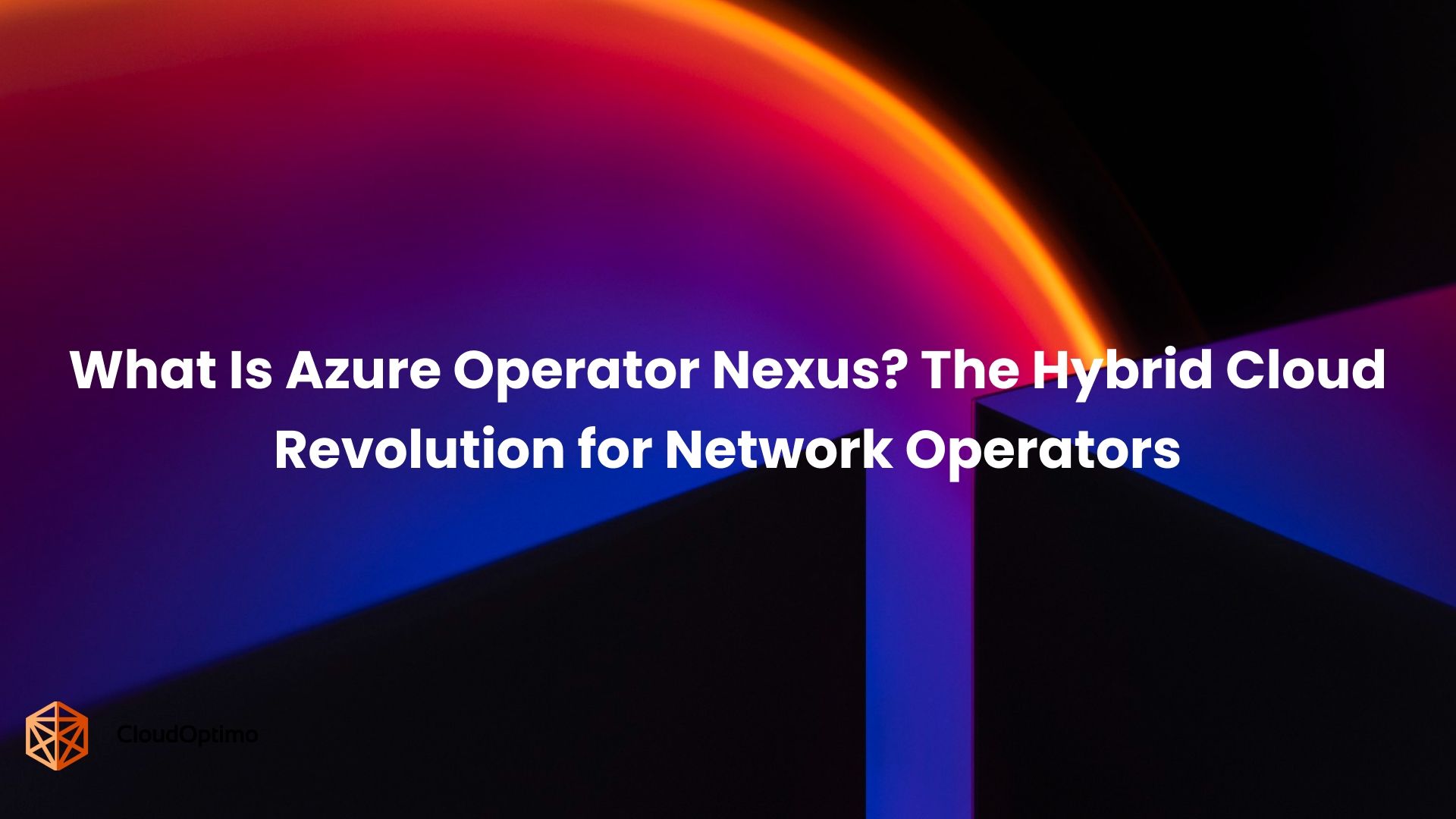Introduction
Most teams treat a sudden increase in cloud costs as a negative signal. It triggers immediate investigation, spending reviews, and often an instruction to scale back resources. This default reaction assumes that any deviation from forecasted cloud spend is caused by waste or mismanagement. In many cases, that assumption is incorrect.
In a modern cloud environment, cost increases can also result from healthy business activity, growing customer demand, increased product adoption, or scaling systems to support new features. Without understanding what caused the spike and how it relates to business outcomes, teams may take actions that damage performance, limit growth, or undermine successful initiatives.
The Conventional View of Cost Spikes
Most cost management practices still operate on the belief that stable, predictable spending is ideal. Budgets are fixed, any deviation triggers alerts, and cost increases are assumed to be waste. This approach originated in the early phase of cloud adoption, when the primary goal was reducing excess infrastructure spend during or after migration.
At that stage, unexpected cost increases typically pointed to real inefficiencies. Overprovisioned instances, unmonitored usage, and lack of governance were common, and reducing spend often had little impact on functionality or growth.
Why This Perspective Needs Reframing?
The conventional view assumes that stable, predictable costs represent optimal cloud usage. However, this assumption breaks down. Today, cloud infrastructure is directly tied to product performance, customer experience, and revenue generation. Systems scale automatically to meet user demand. Storage grows as customer data increases. New services are launched and consumed in real time. In this environment, treating every cost increase as a problem leads to decisions that may reduce short-term spending but cause long-term harm.
Not every increase in cloud costs is avoidable. Some are essential to deliver on business goals. A sudden increase in compute usage is likely driven by a successful product launch. Higher storage spend might reflect more active users. More outbound traffic might indicate increased engagement. If these spikes are seen only as budget overruns, the response will be to limit usage, even when that usage is producing value.
This analysis will shift your perspective from viewing all cost increases as problems to recognizing when higher spending signals business success. You will learn to distinguish between wasteful spikes that require immediate attention and strategic increases that deserve protection and support.
Early clarification: This isn't dismissing real cost problems, but helping you see spikes through the lens of business impact
Genuine waste, misconfiguration, and inefficient resource usage still require immediate attention. But treating all spending increases the same way prevents organizations from recognizing when higher cloud usage is a sign of progress, not a problem.
Reassessing Cloud Spending Through Business Impact
Cloud infrastructure is no longer just a platform for hosting applications; it now plays a direct role in delivering business outcomes. The ability to scale infrastructure on demand, deploy features globally in real-time, and handle high-volume data processing is essential for supporting modern customer experiences and revenue models.
As more digital products rely on cloud-native systems, higher spending often reflects:
- A rise in customer demand or usage
- The launch of a feature that increases backend traffic
- A data processing pipeline scaled for new operational or product needs
Instead of assuming these increases are wasteful, organizations must ask whether the cost supports a core function or growth area.
To do this, teams should examine:
- The function behind the spend: Is this service directly tied to a product feature or revenue-generating capability?
- The usage pattern: Is the increase consistent with known growth or product behavior?
- The material factor: Is this a one-time spike (e.g., launch week) or part of a sustained trend?
Expanding the Role of FinOps in Growth-Focused Organizations
Early-stage FinOps efforts focused primarily on visibility, cost tracking, and enforcing budget limits. While essential, these methods are insufficient for organizations whose cloud maturity supports rapid innovation and dynamic scaling.
To remain effective in this environment, FinOps must support decisions that weigh financial impact against business returns. This shift includes:
- Moving from raw cost monitoring to cost attribution by product, team, or initiative
- Evaluating spend against metrics like customer acquisition, feature delivery velocity, or transaction volume
- Enabling forecasting scenarios that assess the financial impact of product growth or infrastructure scaling
The objective is not to minimize spending in all cases, but to allocate it where it delivers measurable value.
Prioritizing Value Efficiency Over Cost Reduction
A narrow focus on cost reduction can limit innovation and delay time-to-market. Instead, the priority should be ensuring that every unit of spend supports a meaningful outcome — whether that’s revenue, user satisfaction, or operational resilience.
To enable this, organizations should:
- Establish cost-performance metrics (e.g., cost per customer acquired, cost per successful transaction)
- Analyze workload efficiency with business goals, not just technical metrics
- Differentiate between discretionary spend and value-linked spend to inform more precise governance
Where cost growth correlates with outcomes, it's a sign of productive investment. Where there is no linkage, that’s where efficiency work should focus.
Not All Spikes Are Bad: When Higher Spend Indicates Value
When spending grows alongside product adoption, infrastructure scaling, or strategic launches, the increase may be a necessary enabler of business results, not a sign of inefficiency.
This distinction is critical. Cost growth without justification is waste. But cost growth that supports revenue, retention, or customer satisfaction represents productive investment.
Teams responsible for managing cloud spend must develop criteria for identifying and validating value-driven spikes.
Evaluating Spikes with Business Context
To correctly interpret a cost spike, organizations should validate:
- Reason: Did the increase result from a specific user behavior, product launch, or campaign?
- Duration: Is this a short-term surge (e.g., product release week), or part of a sustained trend?
- Return: What is the direct or trailing impact on revenue, adoption, engagement, or customer satisfaction?
Recognizing Value-Generating Spikes
Healthy cost spikes share common characteristics: they correlate with increased business activity, they generate measurable value, and they reflect intentional scaling decisions. These spikes indicate that your cloud infrastructure is successfully supporting business growth rather than consuming resources wastefully.
The most important distinction is whether the increased spend correlates with a measurable business outcome. In well-instrumented systems, spikes often originate from legitimate operational needs such as:
- Growth in User Activity
A 25% increase in active users on a SaaS platform may drive a 30–35% increase in compute and database costs due to load balancing, data storage, and increased API throughput. If this also results in a 20% increase in subscription revenue or customer lifetime value, the spike is an investment, not overhead.
- Feature Adoption Post-Launch
Launching a new collaborative feature in a productivity tool may raise backend costs by $18,000 over a month, primarily due to increased data sync operations and real-time user presence tracking. If the same feature drives a 15% uptick in paid plan conversions, the ROI justifies the spend increase.
- Automated Scaling from Seasonal Demand
An e-commerce company may see a spike in infrastructure costs from $220,000 to $410,000 in Q4 due to holiday traffic. However, if average order volume and total revenue grow 2.3× during the same window, the cost increase directly supports business performance and customer availability.
- AI and Data Pipeline Expansion
A content platform integrates generative AI summarization. Inference costs increase by $42,000 monthly, but paid user retention improves by 18%, and upsells to enterprise clients grow 12%. The rise in spend tracks to a clear differentiation in offering and market perception.
These examples are not anomalies — they reflect systems scaling in response to business opportunity. Attempting to “correct” these spikes may limit capacity at precisely the moment it’s needed.
Avoiding Misinterpretation
Without proper analysis, valuable spikes may be misclassified as cost anomalies. To avoid this:
- Instrument cost attribution at the product or feature level
- Establish metrics that tie infrastructure costs to business goals (e.g., cost per revenue dollar, cost per active session)
- Set thresholds that account for expected usage growth, not just historical averages
Classifying spikes with context allows organizations to respond with accuracy rather than constraint.
Real-World Examples: Success vs. Failure Side-by-Side
Evaluating cloud cost spikes requires more than anomaly detection; it demands an understanding of whether the cost drives measurable business value. The following two scenarios from the same organization demonstrate how identical increases in cloud spend can have entirely different implications depending on the underlying cause and business outcome.
Case Study 1: A Successful Feature Launch (Healthy spike example)
A financial technology company deployed a new fraud detection engine leveraging real-time analytics and ML models. The infrastructure footprint expanded significantly to support parallel transaction validation at scale.
Observed Outcomes:
- Compute cost: Increased from $70,000 to $210,000/month
- Fraud detection throughput: +50% daily transaction processing
- False positives: Reduced by 60%, improving legitimate user approval rates
- Customer churn: Dropped by 25% after rollout
- Revenue impact: +35% through increased transaction volume and retained customers
- Support cost reduction: Lower ticket volume related to flagged transactions.
The cost spike enables multiple business benefits that far exceed the infrastructure investment. The company preserved and extended the budget and plans expansion to additional transaction types.
Case Study 2: Unplanned Scale Due to a Configuration Bug (Wasteful spike example)
The same financial technology company saw a mirrored cost spike when a misconfigured auto-scaling policy created unnecessary compute instances during low-traffic periods. Investigation reveals the problematic pattern:
Observed Outcomes:
- Compute cost: Increased from $68,000 to $205,000/month
- Instance count: Remained 3× higher than required during low-load windows
- CPU utilization: Averaged 15%, well below efficient thresholds
- Business metrics: No improvement in latency, throughput, or user satisfaction
- Error source: Misrouted internal monitoring metrics triggered false scaling events
This spike represents pure waste with no corresponding business benefit. The misconfiguration led to prolonged over-provisioning without any associated growth or user impact. The incident resulted in retroactive corrections and the addition of validation layers in the auto-scaling logic.
Key Differences: What Made One Strategic and One Costly
| Evaluation Criteria | Case 1: Product Feature | Case 2: Misconfiguration |
| Origin of Cost Spike | Planned deployment | Internal error |
| Customer Impact | Improved satisfaction | No change |
| Operational Efficiency | Higher throughput | Low utilization |
| Revenue Effect | 35% increase | No impact |
| Decision Outcome | Budget expansion | Immediate rollback |
How this works depends on the business model. SaaS teams may focus on the cost per active user and ways to minimize customer loss. E-commerce teams pay attention to the efficiency of the checkout process and the volume of orders. Early-stage startups evaluate their expenses to determine how quickly they can implement changes and gain traction in the market. The key in all cases: ensure every spike reflects either customer value or strategic momentum, not waste.
Spikes Are Signals, Not Conclusions
Understanding the cause and effect of cloud cost changes allows teams to act decisively. Productive cost increases should be supported, not suppressed. Wasteful ones must be identified early and corrected. Failing to make these distinctions leads to reactive cost-cutting or overlooked inefficiencies.
Evaluating Cloud Spikes: A Decision Framework for Action
The ability to distinguish between productive scaling and resource waste is critical for financial accountability and business enablement.
Spikes That Add No Value
Spending without impact is easy to spot when you know what to look for. Idle environments, orphaned resources, and bloated capacity that no one claims or uses — these aren’t just technical issues, they’re signs of organizational misalignment. Environments built for testing but never shut down. Services scaled up to meet a surge that never came. Infrastructure left running not out of need, but out of neglect. These costs accumulate without producing any measurable outcome. There’s no user benefit. No product impact. No business return. Only waste.
Spikes That Create Business Value
Contrast this with spend that rises alongside customer engagement, improved response times, or accelerated product delivery. When users are adopting a new feature at scale, or when platform stability improves during peak usage, higher costs become a reflection of real value. They enable growth. They support speed. They strengthen competitiveness. The increase becomes not something to reverse, but something to understand and manage with intent.
The difference lies in visibility and accountability. If a team can link a cost spike to a release, a usage trend, or a business event — and can show how the spend contributed to customer satisfaction, revenue, or product expansion — that’s not overspending. That’s informed investment. But if no one can explain where the cost came from, why it matters, or what changed as a result, then it’s a signal that something needs immediate attention.
This is where decision-making must evolve. Intervene when cloud costs grow in ways that cannot be traced to value, when no product metric moves, when no team owns the change, when usage stays flat while spend climbs. These are indicators of inefficiency, not growth. But when cost rises in tandem with market traction or improved customer experience, optimization should not be the reflex. Efforts to cut in these cases risk slowing what’s working.
Cost management approaches should focus on efficiency improvements that maintain or enhance business value while reducing unnecessary spending. This balance requires deep understanding of the relationship between cloud resources and business outcomes.
Cloud Spend as a Strategic Signal
Moving from Cost Monitoring to Business Insight
Cloud usage is no longer just an operational metric; it’s how customers interact with your product and how efficiently your teams build and deliver value. An increase in infrastructure cost is often the earliest indicator of changes in customer demand, feature adoption, or product reach. When interpreted correctly, these cost patterns offer a reliable early signal of growth trends, bottlenecks, or misalignments.
A sustained 40% increase in storage costs, for example, may not signal inefficiency. It may reflect growing customer adoption of a feature that relies on storing user-generated content. Similarly, an uptick in data transfer costs could indicate international usage growth — a potential vector for expansion, not optimization.
Detecting Product-Market Fit Through Usage-Driven Spend
Consistent and explainable growth in cloud costs typically accompanies services that have achieved product-market fit. As real user activity scales, infrastructure adjusts in response — and this proportional increase is a sign of product traction, not budget loss.
For example:
- A 35% rise in compute spend, accompanied by a 38% increase in user sessions and 30% more daily active users, shows infrastructure scaling in step with demand.
- A 60% increase in API gateway costs following a new integration release confirms third-party adoption and validates the strategic intent behind the feature.
These patterns are hard to manufacture. Unlike vanity metrics, infrastructure signals are rooted in real usage and real delivery. They reveal what customers do — not just what they say.
Enabling Product-Led Decision Making with Cost Transparency
When product and engineering teams have access to accurate cost attribution by service, feature, or environment, they are better equipped to make high-leverage decisions. Tradeoffs between feature complexity and infrastructure load become clearer. The ability to model how a proposed feature will scale, and what it will cost to operate at 10x usage, turns infrastructure from a constraint into a planning asset.
For instance:
- Feature A may cost $0.03 per user per month to operate, while Feature B costs $0.27, but only one drives retention.
- A newly launched capability might contribute $200K in monthly revenue for $40K in cloud services, a 5x ROI that justifies continued investment and scaling.
This level of insight elevates cost discussions from reactive reviews to forward-looking planning. Cost visibility stops being a control mechanism and becomes a shared resource that guides innovation.
Communicating Cloud Spikes to Leadership
A 60% increase in infrastructure spend might look like overspending—unless leadership understands that the same period saw a 50% surge in active users, a 25% increase in daily transactions, and the successful rollout of a new feature that drove $1.2M in cumulative revenue.
Reporting cloud cost shifts to leadership should never begin with the number; it should begin with the business reason. Without that context, the data becomes noise instead of insight.
Turning Cost Changes Into Credible Executive Narratives
Leadership does not need to see storage volume growth in terabytes or compute hour charts across time. They need to know whether a recent spike:
- Enabled a product launch that’s outperforming revenue projections
- Supported an increase in customer activity or service adoption
- Was the result of a one-time operational event, like a stress test or onboarding push
For example, instead of stating: "Compute spend increased by 40% in Q2."
Frame it as: "Compute spend increased by 40% to support a 3x rise in real-time analytics usage, which directly drove a 22% increase in upsell conversions among enterprise customers."
This approach shows how spending supports business outcomes, not just systems.
Framework: Presenting the 'Why' Behind the 'What'
Structure cost communications using a clear framework that addresses business context before technical details. Consider this structure:
- What triggered the spike? A new fraud detection engine was rolled out.
- What infrastructure changes occurred? Compute costs rose by $180K due to increased ML inference demand.
- What was the result? Fraud loss dropped by 38%, saving $1.1M in potential exposure.
With this framing, the infrastructure cost becomes an investment story—not a budget exception.
When cost data is presented with clear links to customer impact and business metrics, it becomes a tool for strategy, not just finance. Leadership can then:
- Evaluate the return on specific initiatives
- Prioritize future product investments
- Identify where to scale or optimize next
The goal isn’t just to report spikes, it’s to make them legible, explainable, and decision-useful.
Building Proactive Guardrails for Future Growth
Growth creates cost. Without a framework that recognizes this, even productive spending can be misread as inefficiency. Organizations need explicit criteria for how they evaluate increases. These criteria should include forecasted customer growth, usage ramp-up, product adoption targets, or regional expansion timelines.
Instead of trying to avoid all spikes, the focus should be on whether those spikes are justified by progress toward measurable business goals.
For example:
- A 30% rise in infrastructure cost may be expected if customer usage increases by 40%.
- A 2x growth in data storage may be acceptable if tied to a feature generating new data insights that feeds into a customer-facing dashboard.
These relationships should be built into planning cycles, not discovered after budget variance reports.
Moving Beyond Basic Alerts Toward Intelligent Signals
Traditional alerts treat cost thresholds as failure points, ignoring what caused the increase. In high-growth environments, alerts need to reflect more than raw spend. Intelligent signals consider:
- The activity driving the cost (e.g., product launch, customer acquisition campaign)
- The infrastructure behavior (e.g., sustained compute demand from new workloads)
- The outcomes delivered (e.g., reduction in response time, rise in customer sessions)
This distinction helps surface meaningful anomalies while reducing unnecessary escalation for well-understood, intentional cost behavior.
Three Validation Questions for Every Spike
Now that you understand when cost spikes can signal success, you need a practical way to evaluate them. Use these three validation questions for every significant cost increase:
- Does the spike reflect actual usage expansion?
Assess whether there is an increase in legitimate activity: API calls, customer sessions, processed data volumes, or other service-level usage metrics. Cost growth without corresponding demand signals is a warning.
- Is the spike consistent with known business activity?
Confirm whether the cost increase aligns with recent launches, marketing campaigns, sales cycles, or seasonal behavior. Unexplained increases, even if performance remains stable, may indicate an underlying configuration or monitoring issue.
- Is the spend linked to business performance metrics?
Determine whether there is a correlation between the increase and measurable outcomes: customer acquisition, retention, conversion rates, transaction throughput, or revenue. Lack of correlation signals that the spend may not be strategic.
What Changes When You Get This Right
When cost increases are viewed in context, teams stop assuming something is wrong. Instead, they ask: Does this support something valuable? This shift leads to better decisions, ones based on outcomes, not just numbers.
Clear Numbers, Smarter Decisions
When the numbers are tied to real metrics, adoption, revenue, and retention, businesses can move faster. They can protect the right bets, redirect waste, and make clear trade-offs.
Understanding cloud spend this way isn’t just operationally useful; it’s a competitive advantage.
What should you do Tomorrow?
Start by identifying your three largest recent cost increases. For each one, gather the data to answer the three validation questions. You'll likely find that at least one of those "problems" was driving business value.
Then, set up regular reviews that examine cost changes alongside business metrics. Make this a standard part of your monthly business review process.
Finally, establish clear criteria for what constitutes a "good" cost increase in your organization. Share these criteria with your finance, product, and engineering teams so everyone evaluates spikes through the same lens.
The next time you see a cost spike, your first question shouldn't be "How do we stop this?" It should be "What is this telling us about our business?"

